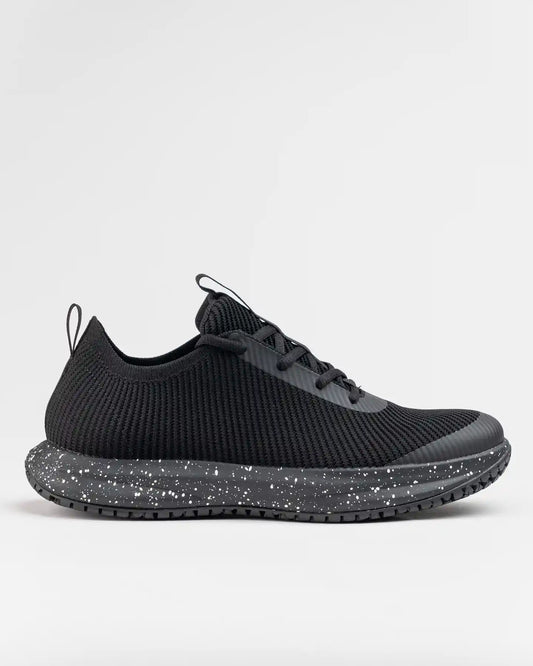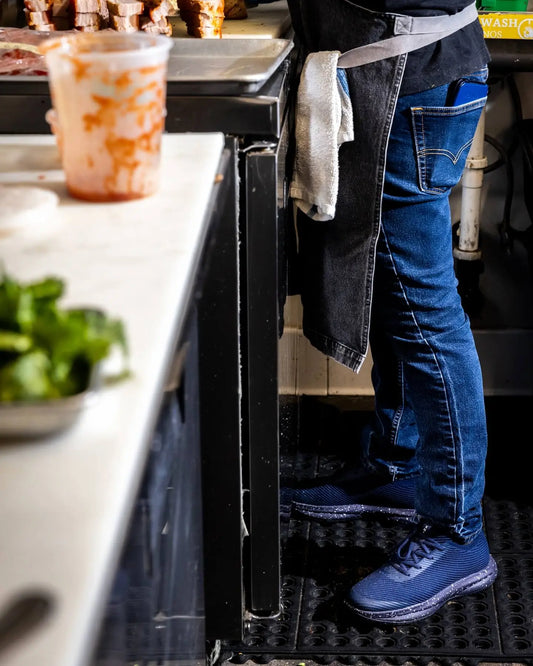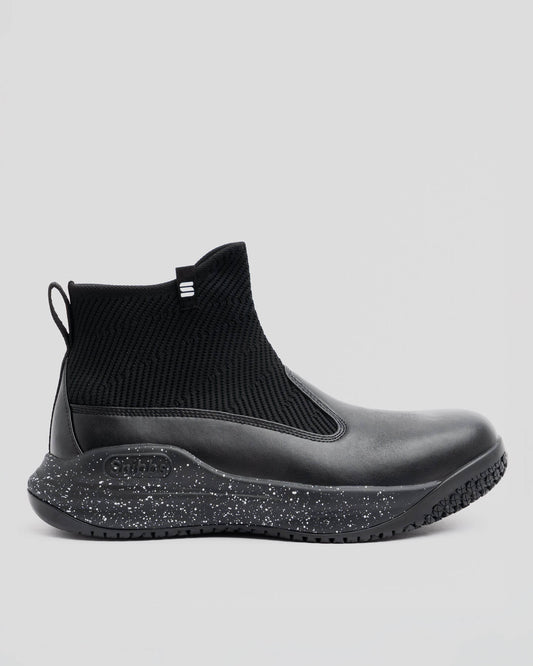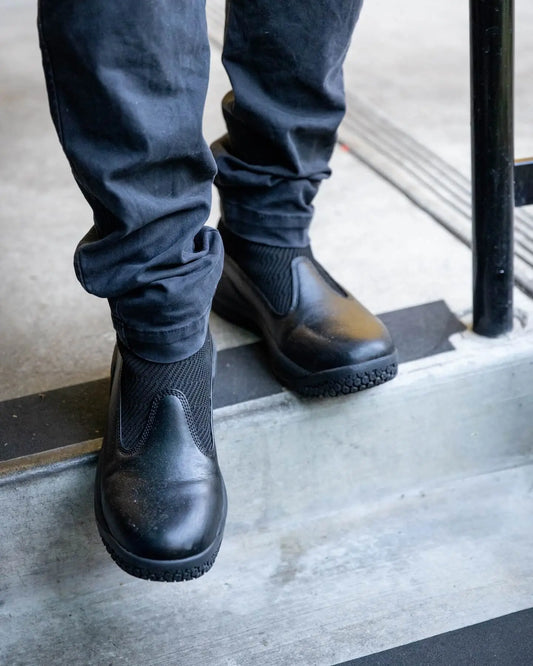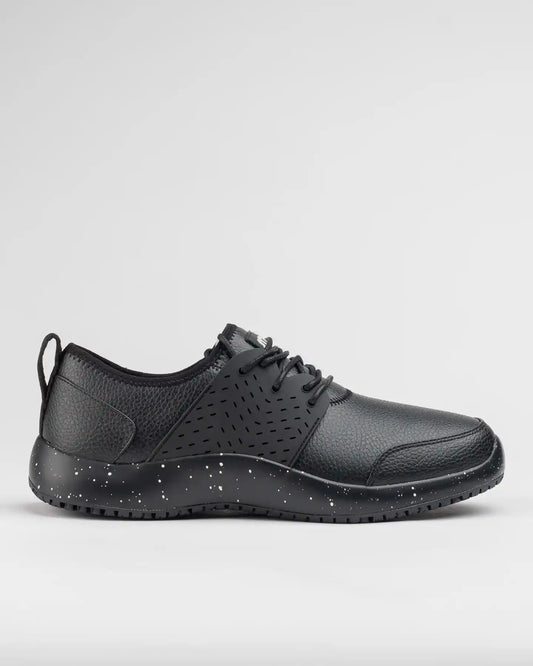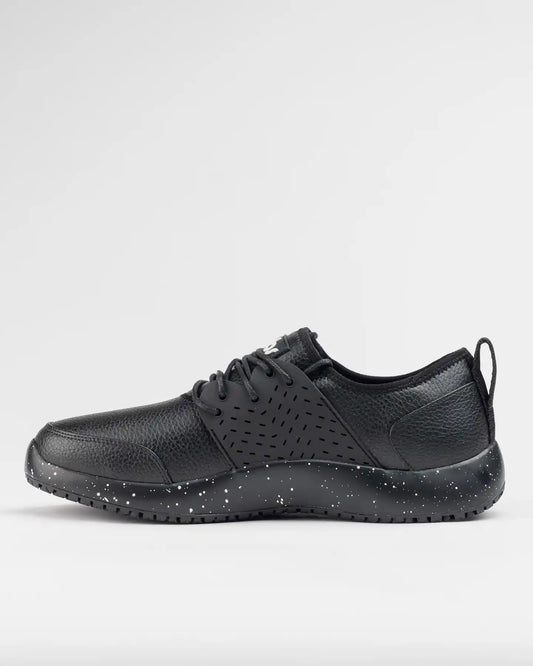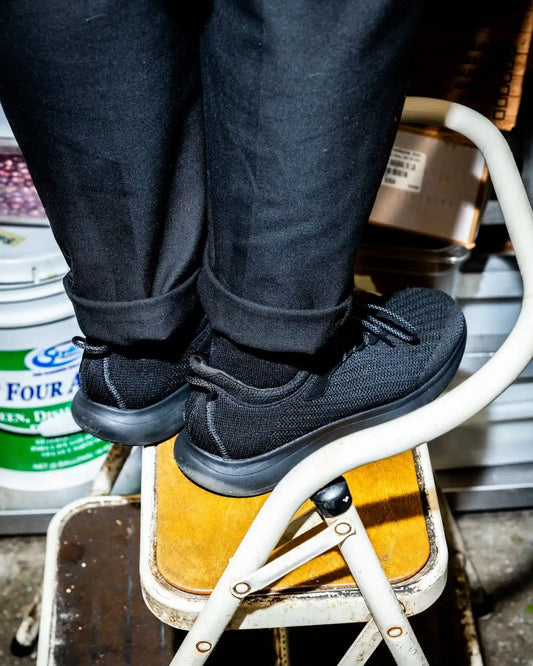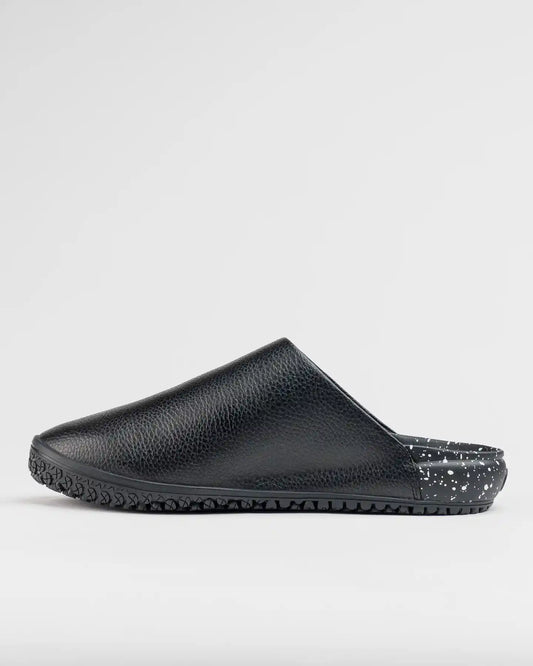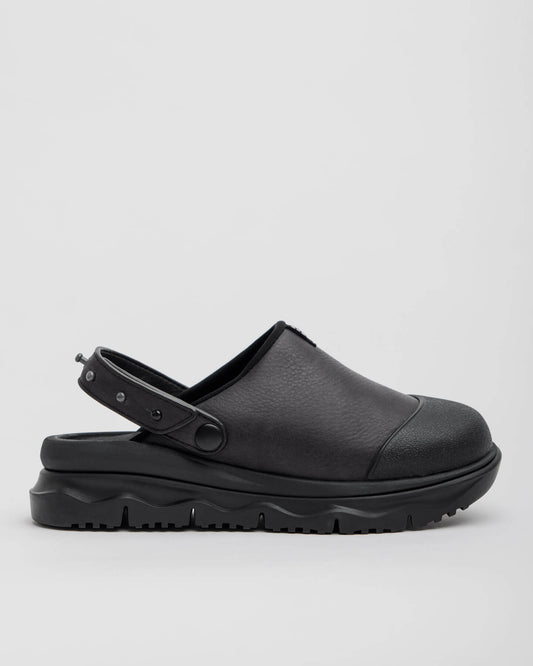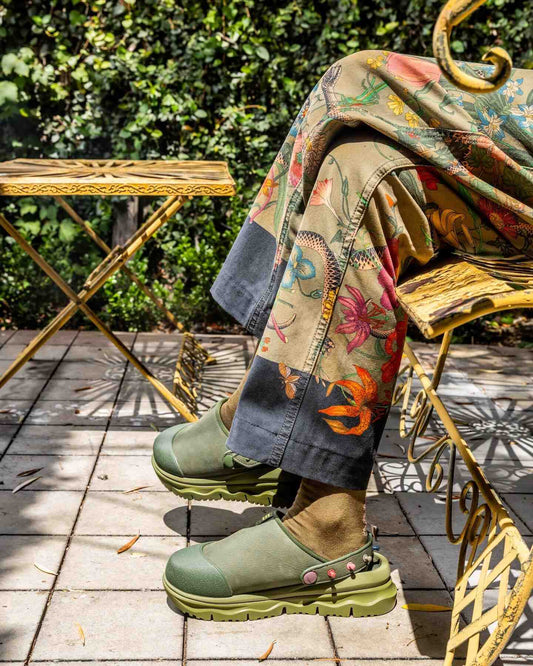The Basics of Retail Safety
Klaudia Habek
Retail safety is a critical issue for all retail workers. To protect their staff from potential workplace hazards, employers must take measures to safeguard the well-being of their workers while on the job. If you want to learn the key components of retail employee safety in the workplace, we’ve compiled practical tips on how to create a safe work environment for your retail employees.
What is Retail Safety?
Retail employee safety is a priority in any retail workplace. It involves implementing a number of practices and processes that work to ensure that employees remain safe and healthy while at work.
To ensure retail safety, employeres should consider:
- Physical hazards (such as slip and fall risks)
- Psychological risks (stress, fatigue, and burnout)
- Providing the necessary safety equipment and training
- Establishing protocols for responding to emergency situations
Incorporating appropriate retail safety measures are a critical part of creating an environment where everyone can thrive.1
The Importance of Retail Safety
If you are wondering how to get through a long shift in retail, you’ll also want to know how to do so safely. Retail workers face a variety of risks on the job, from slip and fall risks to robberies and workplace violence. Therefore, retail worker safety should be a priority for any business. Working to avoid these risks protects employees from possible injury or death and reduces the potential financial costs of any workplace accidents that occur.
Retail staff safety can also help reduce employee turnover and boost morale since employees who feel safe are more likely to stay with the company longer.2 Additionally, customers tend to prefer to shop in stores that take safety seriously, which helps increase foot traffic and improve overall customer satisfaction. Investing in retail worker safety can also help protect a retail business’s reputation, which can be invaluable in today’s competitive market.
Common Hazards in Retail Workplaces
The retail setting comes with its own unique set of hazards. It’s important to know what to look out for in order to maintain a safe workplace. Here are some of the most common hazards in retail workplaces.3
Slips, Trips and Falls
In retail settings, slips, trips, and falls are the most common injuries. To minimize these types of injuries, it’s important to keep the floor clean and dry, as well as to make sure that any spills are quickly cleaned up. Additionally, employees should be mindful of any cords or wires that may cause them to trip while walking through the store.
Heavy Lifting
Heavy lifting is often necessary for a retail setting. It’s important to understand proper lifting techniques in order to avoid injury. Employees should always use their legs when lifting heavy items, rather than their backs. Additionally, they should always ask for help when lifting anything that is too heavy to lift on their own.
Sharp Objects
Knives, blades, and other sharp objects are common in retail workplaces. When handling such objects, it’s important to use extreme caution to prevent accidental cuts and lacerations. Additionally, employees should always wear protective gloves when handling these types of objects.
Falling Objects
Falling objects pose another potential danger in a retail setting. To minimize the risk of being injured by a falling object, it’s important to keep shelves and counters neat and organized. Employees should always be mindful of items that have been placed on higher shelves, as these items may fall off if not properly secured.
Electricity
Electrical equipment is used extensively in retail workplaces. It’s important to ensure that all electrical equipment is properly maintained and inspected regularly. It is also important to take extra precautions when using any type of electric saw or cutting tool.
Tips for Preventing Retail Injuries
By understanding and recognizing the common hazards in a retail workplace, you can help to ensure that your workplace remains safe for both employees and customers alike. Once you understand the risks associated with working in a retail setting, you can focus on creating a safe working environment for everyone. Here are our top tips for preventing retail injuries:4
1. Understand the basic safety requirements of your job
It is important to familiarize yourself with your company’s safety policies and procedures, as well as the Occupational Safety and Health Administration (OSHA) standards for retail. Be sure to ask questions if you are unsure of any procedures or regulations.
2. Dress appropriately
Wear clothes that are comfortable and fit properly, and hairnets, if required. It is also essential that you have great shoes for retail workers that are both comfortable and slip-resistant. This can help protect both you and the customer from any potential hazards.
3. Be aware of the workplace environment
Pay attention to the store layout, displays, and other customers. Be aware of any potential trip or fall hazards and take extra care when carrying items.
4. Use safety equipment
Utilize the safety equipment available in your workplace, such as safety ladders, floor mats, and handrails. If you’re going to be working with hazardous materials, make sure you are wearing personal protective equipment (PPE). This may include equipment such as: gloves, protective eyewear, and face masks.
5. Practice good ergonomics
When possible, use ergonomic tools such as carts, lifts, and ramps to reduce strain on your body while doing tasks. Taking frequent breaks is also beneficial for your physical health, as it helps give your body a rest.
6. Ask for help
Don’t be afraid to ask for help when carrying heavy items or performing difficult tasks. This can help with injury prevention and promote a safe working environment for everyone.
7. Report any safety concerns
If you notice anything that could potentially be unsafe, report it immediately to your supervisor or a safety representative. This includes any equipment that appears to be malfunctioning or broken.
Stay Safe With Snibbs
To protect employee well-being, it’s essential for employers (and their staff) to be conscious of any potential dangers present in a retail setting and take action to guarantee a safe working environment. This will help ensure employee satisfaction and peace of mind.
Working in retail can be dangerous, but by being aware of common workplace hazards and taking the necessary actions to ensure workplace safety, your employees are guaranteed to be happy and healthy.
Although there are several things to consider when it comes to how to make the retail workplace safer, Snibbs can address one challenge right away: The support, comfort, and safety of your retail workers’ feet.
When you slip on a pair of retail work shoes, slip-resistant components keep your feet supported while also making sure you are free from slips and falls. Snibbs offers a range of sizes and styles that are guaranteed to help with foot safety and comfort.
Sources:
- SafetySkills. The Basics of Retail Safety. https://safetyskills.com/retail-safety/.
- ANVL. The Connection Between Safety, Quality, and Productivity. https://anvl.com/blog/safety-quality-and-productivity/
- LPM. The Top Ten Retail Workplace Hazards. https://losspreventionmedia.com/the-top-10-retail-hazards-that-impact-safety-in-the-workplace/
- Employers. Seven Tips to Help Prevent Retail Injuries. https://www.employers.com/blog/2018/seven-tips-to-help-prevent-retail-injuries/

